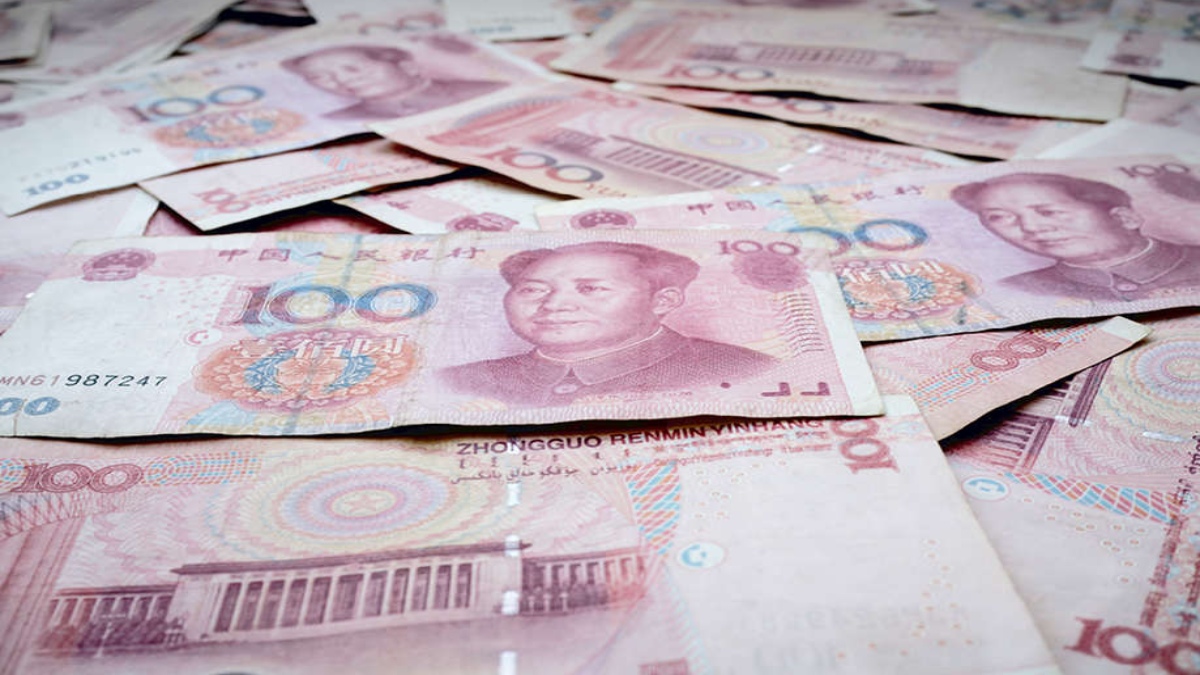


Chinese loans have surpassed lending by the World Bank and the International Monetary Fund combined together. It has become the largest global overseas creditor accounting for close to 65 per cent of the world’s official bilateral debt with outstanding foreign debt estimated to be around USD 5.6 trillion in 2020.
In a White Paper released in January 2021, China dubbed its lending as “international development cooperation within the framework of south-south cooperation” which it is undertaking as a “responsible member of the global community”. But the empirical evidence could be further from the truth. Fabien Baussart, in a blog post of The Times of Israel said that contrary to China’s claims of its lending being a “global public good” laying the foundation of a robust “development cooperation” framework, it has been seen that Chinese loans are predatory and opaque in nature, with terms that are heavily skewed against the borrowing country.
The highly unsustainable levels of debt created by China in the developing world allow it to create economic dependencies and political leverages in these countries, with serious implications for the degree of their sovereignty vis-a-vis Beijing.
Moreover, contrary to common perception, the bulk of Chinese loans (nearly 60 per cent) are offered at commercial rather than concessional rates, which is unusual for overseas “development assistance”, says Baussart.
China has always maintained that its overseas lending follows a “no-strings-attached” approach and respects other countries’ right to select “their own development path” with a focus on “developing countries’ control”.
The stark differences between the rhetoric and reality of Chinese overseas lending are further revealed in a recent (April 2021) report titled “How China Lends: A Rare Look into 100 Debt Contracts with Foreign Governments”, reported The Times of Israel.
The study by Germany’s Kiel Institute and the Washington-based Centre for Global Development, Aid Data, and Peterson Institute for International Economics, analyses a hundred Chinese loan contracts with 24 developing countries, between 2000 and 2020, and compares it with 142 non-Chinese foreign debt contracts across 28 commercial, bilateral and multilateral creditors.
As per the study, a comparison of Chinese and non-Chinese loan contracts reveals that the former is characterised by extremely stringent terms of lending.
These include strict confidentiality clauses barring borrowers from revealing loan terms and often even the very existence of a loan.